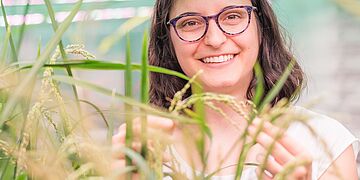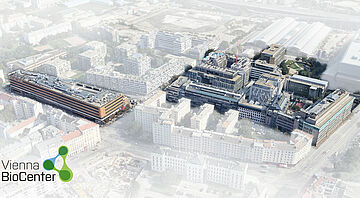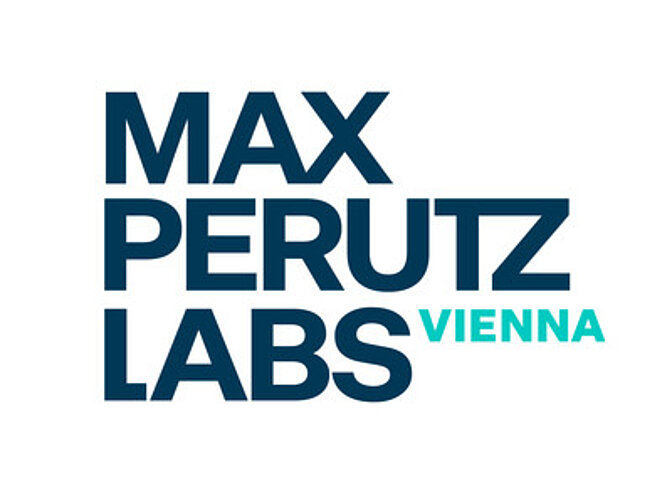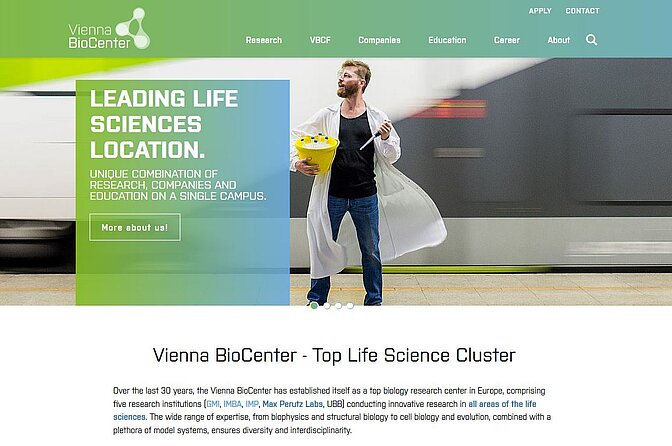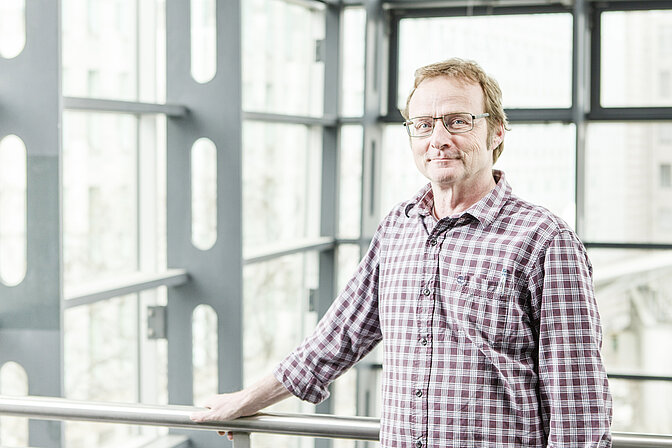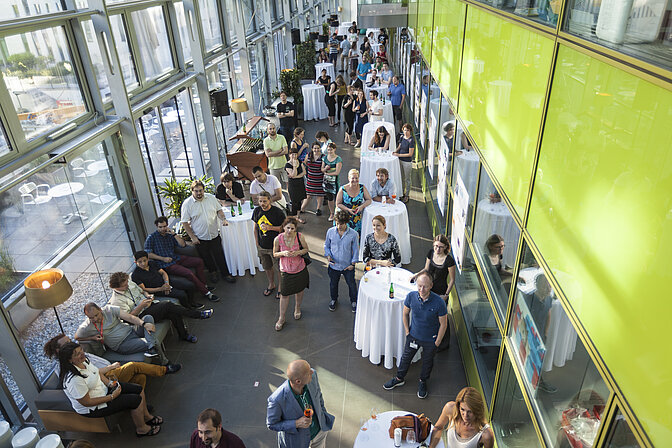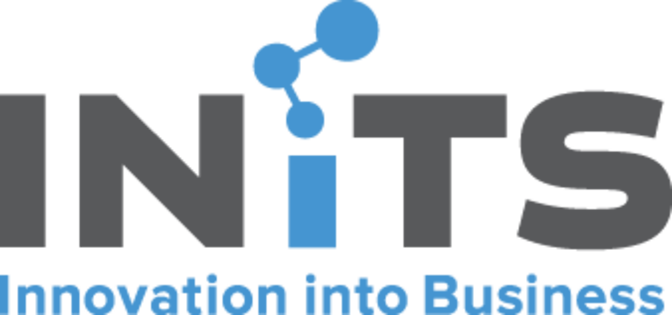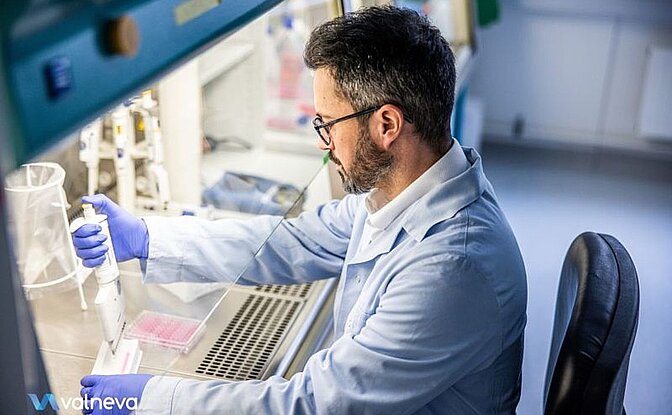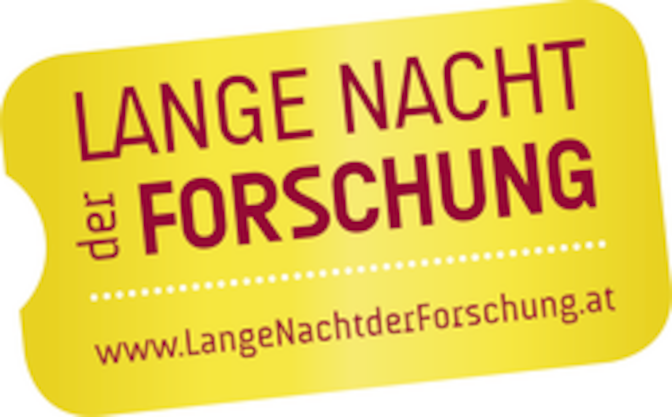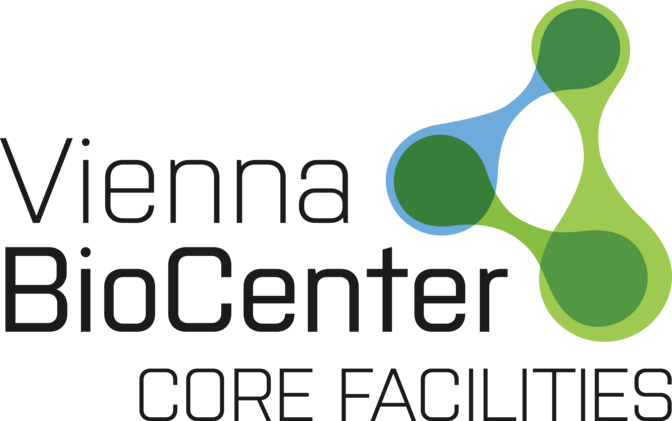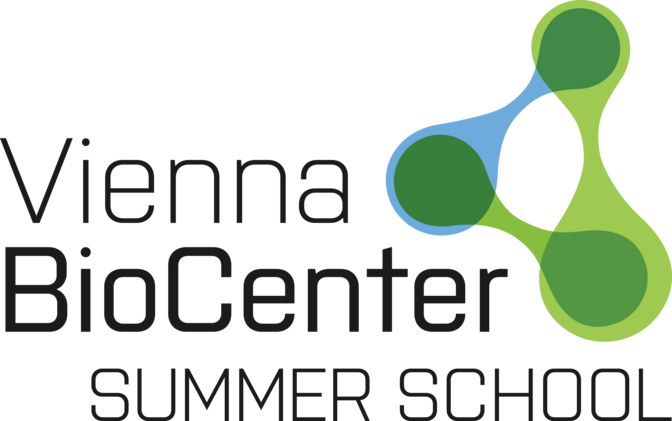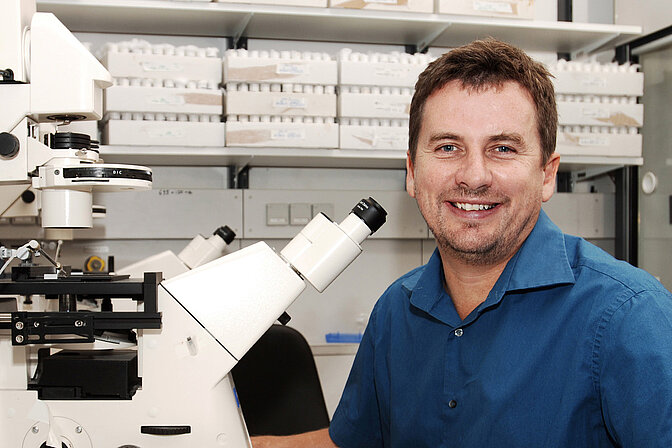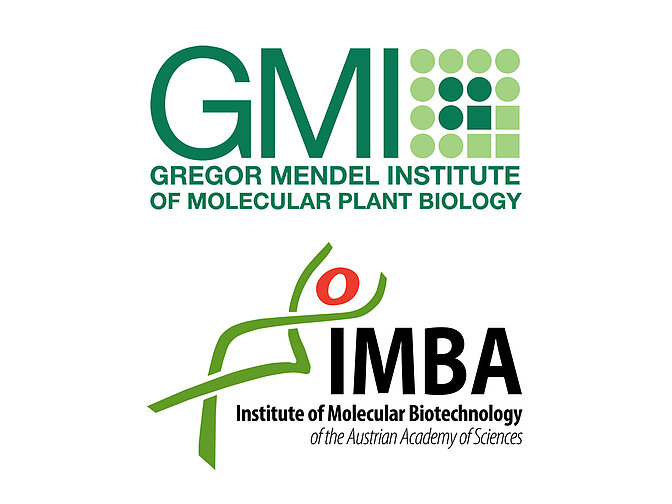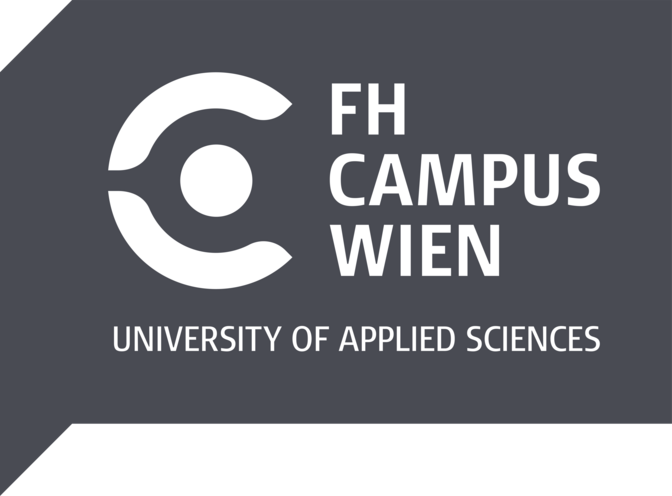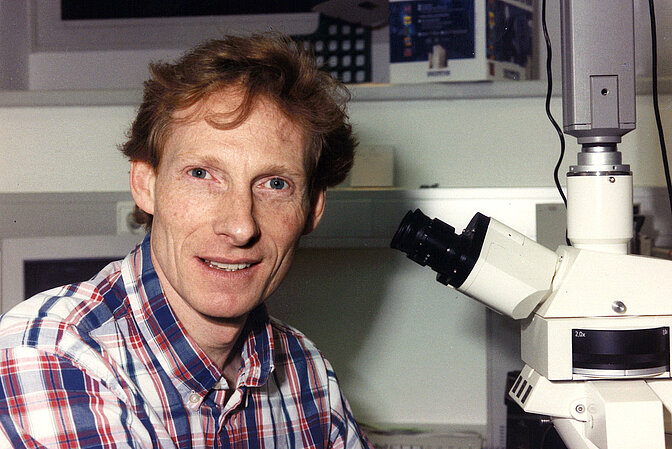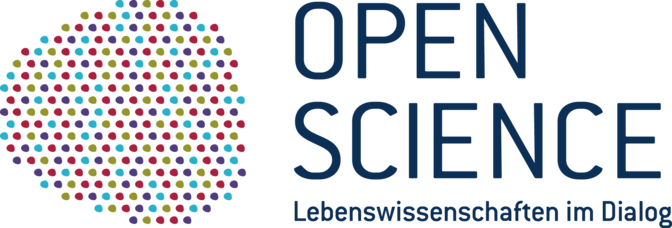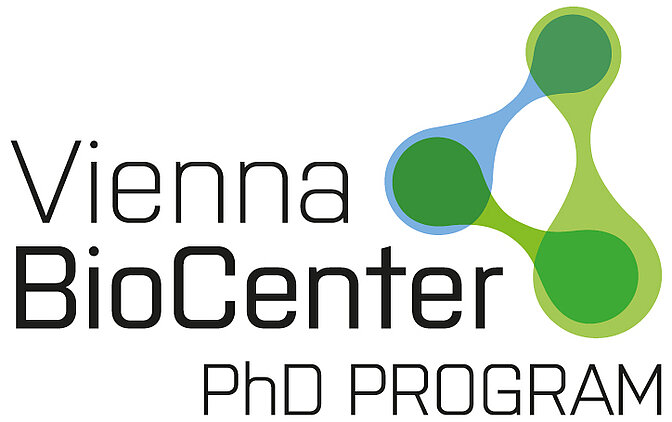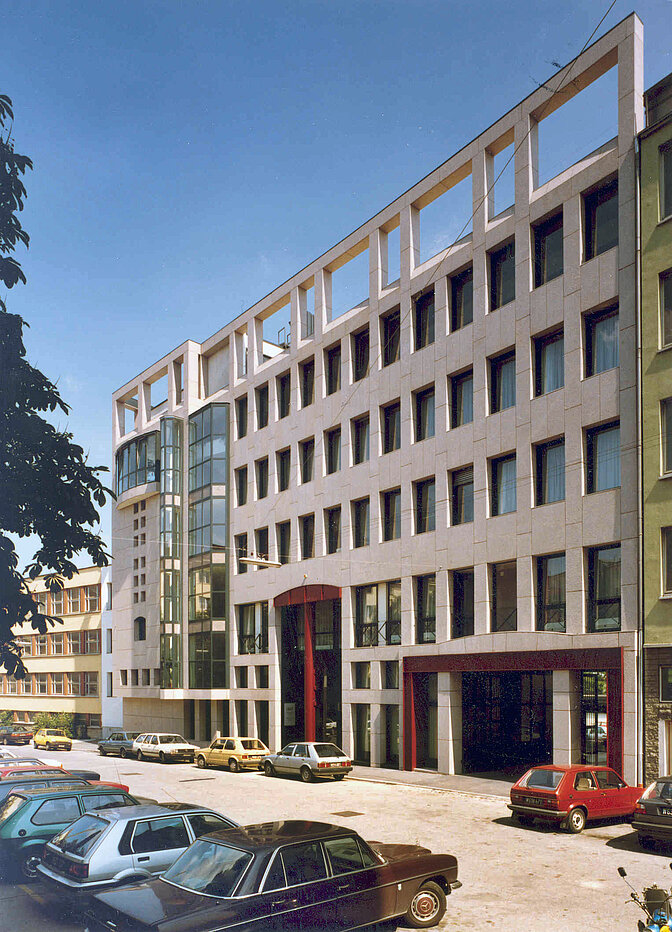History
1988 marked the beginning of the Vienna BioCenter. Over more than thirty years, the Vienna BioCenter has developed into the premier location for life sciences in Austria and into one of the leading multi-disciplinary biomedical research centers in Europe.
The grounds where the Vienna BioCenter is located have an interesting history...

From quarantine house to slaughterhouse
In the Middle Ages, pests represented an enormous problem for public health. To prevent the spread of disease, infected people were quarantined and treated in this very area, which at that time was far outside the city. The quarantine house of the Order of Saint Lazarus dedicated a chapel to Saint Marcus, which subsequently gave the hospital and the area its name. Over the centuries, Marc became Marx.
In the 18th century, a meat market developed in the area, but in 1850 it was transformed by another public health measure: the creation of a central slaughterhouse for Vienna.
Turning point: life science cluster
Since 1988, the Vienna BioCenter has been developing into one of the most outstanding and prominent life sciences hubs, not only in Austria but also in the Central European Region. With the founding of the Research Institute of Molecular Pathology (IMP) in 1985, the nucleus for the Vienna BioCenter was established. Very quickly, a University building went up next door and five departments were relocated there. In 1998, Vienna BioCenter spin-off company Intercell (now Valneva) was founded. Subsequently, the Austrian Academy of Sciences founded two new research institutes, IMBA and GMI, situated next to the IMP.
The Vienna BioCenter has continued to rapidly develop and now includes more than 30 complementary players in the life sciences. Since access to state-of-the-art infrastructure has become an important and decisive element for cutting-edge research, the Vienna BioCenter developed a vision for communal use of infrastructure. As a result, in 2010, the new Vienna BioCenter Core Facilities GmbH (VBCF), with a comprehensive range of new technologies, was set up with substantial financial support from the Austrian Ministry of Science and Research and the City of Vienna.
The Vienna BioCenter continues the Viennese tradition of diversity and will strive to continue its impressive development by building on its most prized assets: the ingenuity of its people, by providing them with an attractive work place.
Milestones
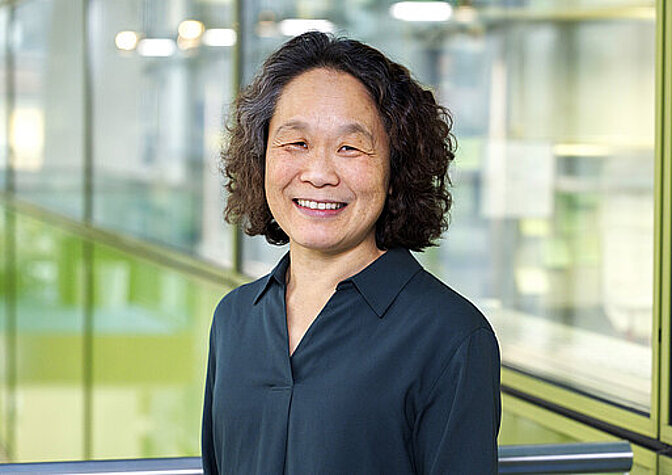
Elly Tanaka was appointed as the new Scientific Director of the Institute for Molecular Biotechnology (IMBA).
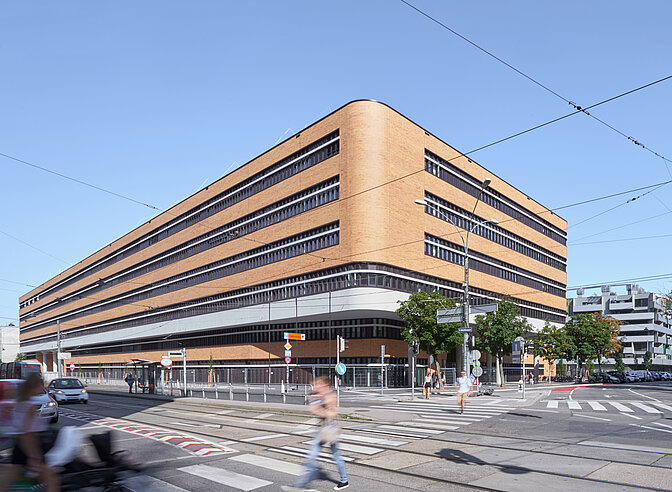
Vienna BioCenter expands significantly by including the University of Vienna Biology Building, hosting CeMESS and parts of the Faculty of Life Sciences.
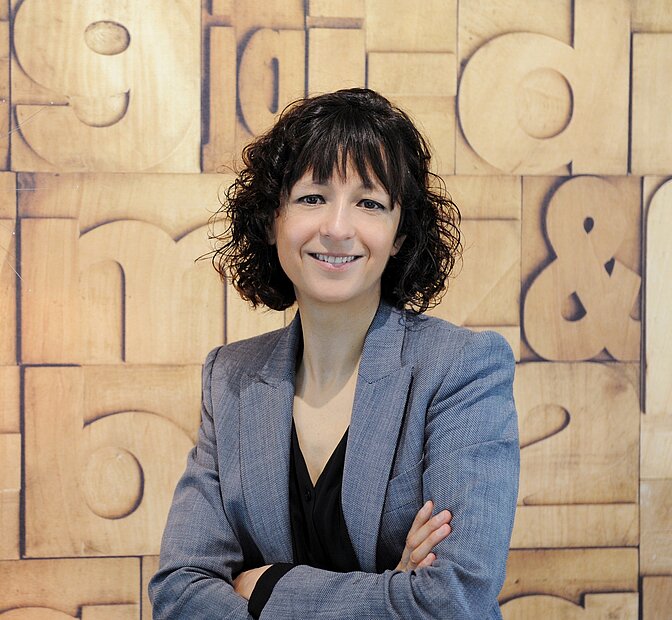
The 2020 Nobel Prize for Chemistry is awarded to Emmanuelle Charpentier and Jennifer Doudna for their groundbreaking discoveries on the CRISPR/Cas9 system. Charpentier was a principal investigator at the Max Perutz Labs from 2002 to 2009, where she laid the groundwork for developing the CRISPR/Cas9 technology.
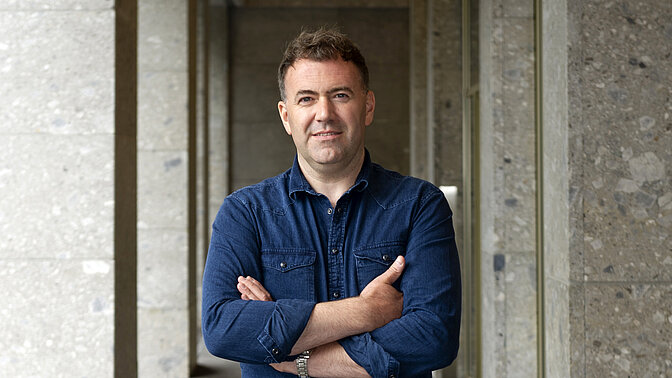
Alwin Köhler is appointed new Scientific Director of Max Perutz Labs.
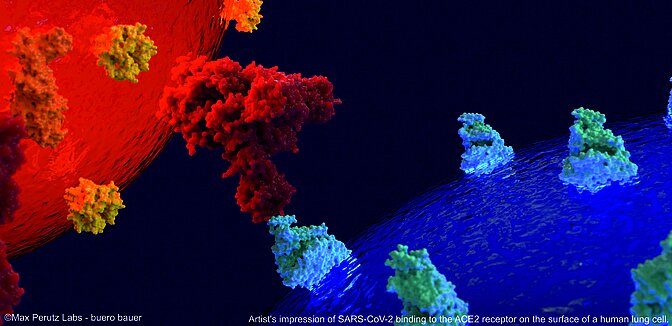
The Vienna COVID-19 Detection Initiative (VCDI) launched on campus as an inter-institutional response to the SARS-CoV2 pandemic.
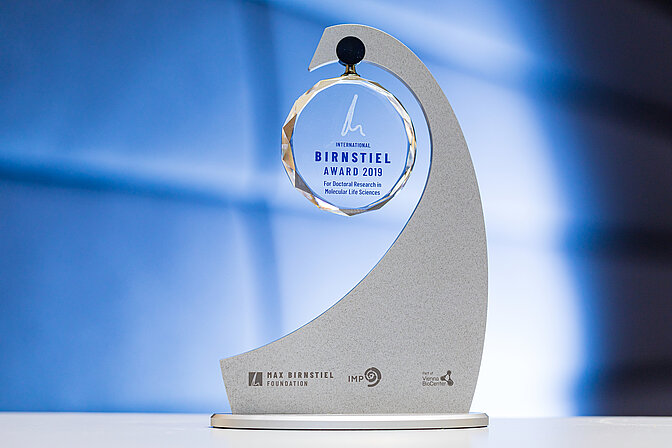
The IMP and the Max Birnstiel Foundation endow the International Birnstiel Award for Doctoral Research in Molecular Life Sciences.
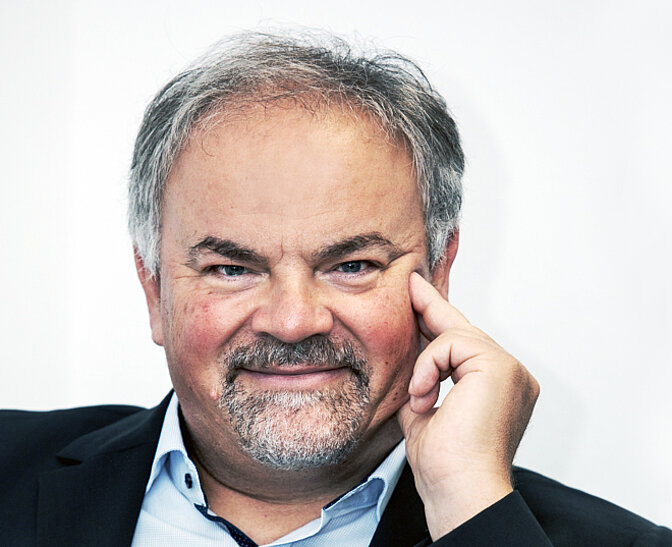
Juergen Knoblich is appointed interimistic Director after Josef Penninger officially stepped down from his position as Scientific Director at IMBA.
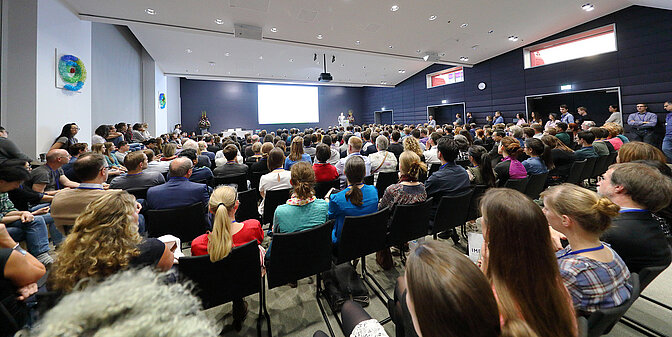
Several internationally renowed events are held at Vienna BioCenter, such as Keystone Symposium, Health Pioneers Event 2018, EMBO YIP Meeting 2018.
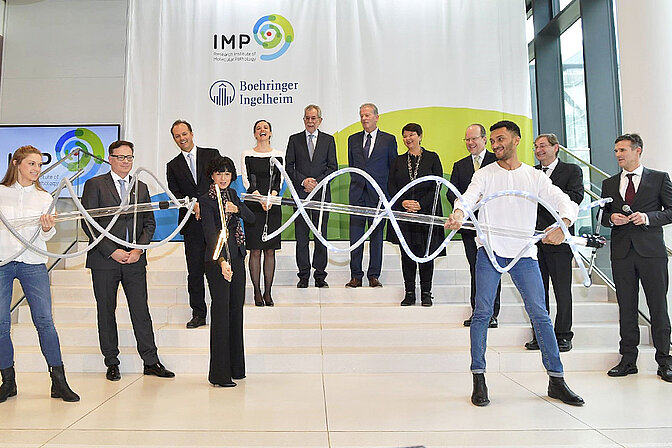
Opening Ceremony of the new IMP building by President Van der Bellen and Emmanuelle Charpentier
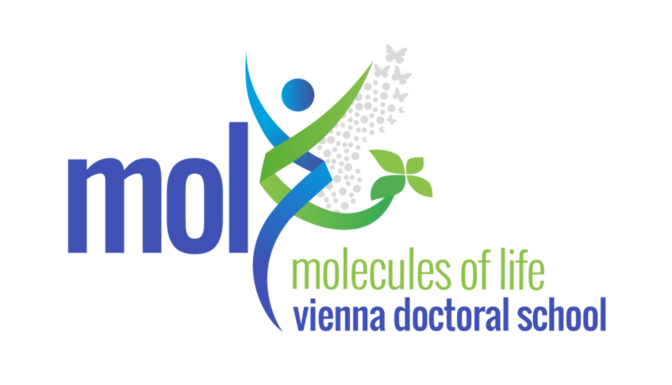
Founding of the Vienna Doctoral School “Molecules of Life” at MFPL (now Max Perutz Labs)
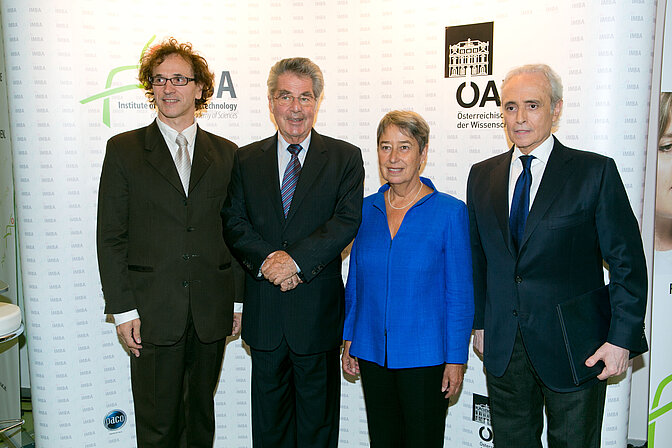
10th anniversary of IMBA
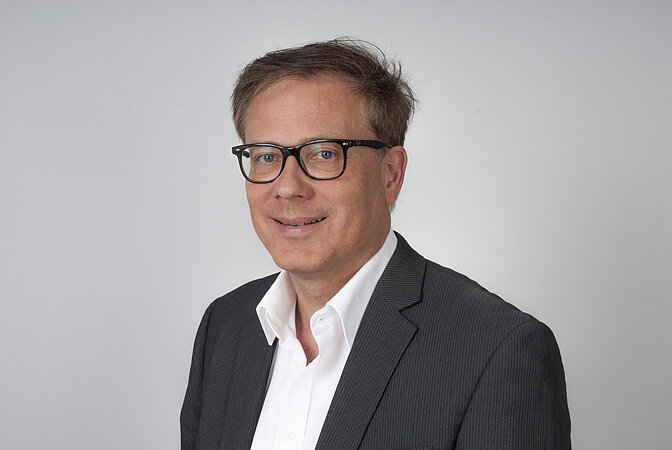
Jan-Michael Peters becomes director of the IMP
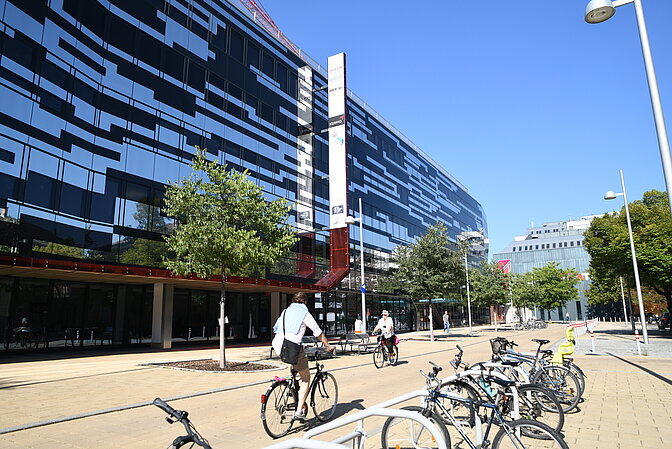
Opening of the Marx Box building
Founding of the Vienna BioCenter Core Facilities (VBCF) with public funding from the federal government and City of Vienna
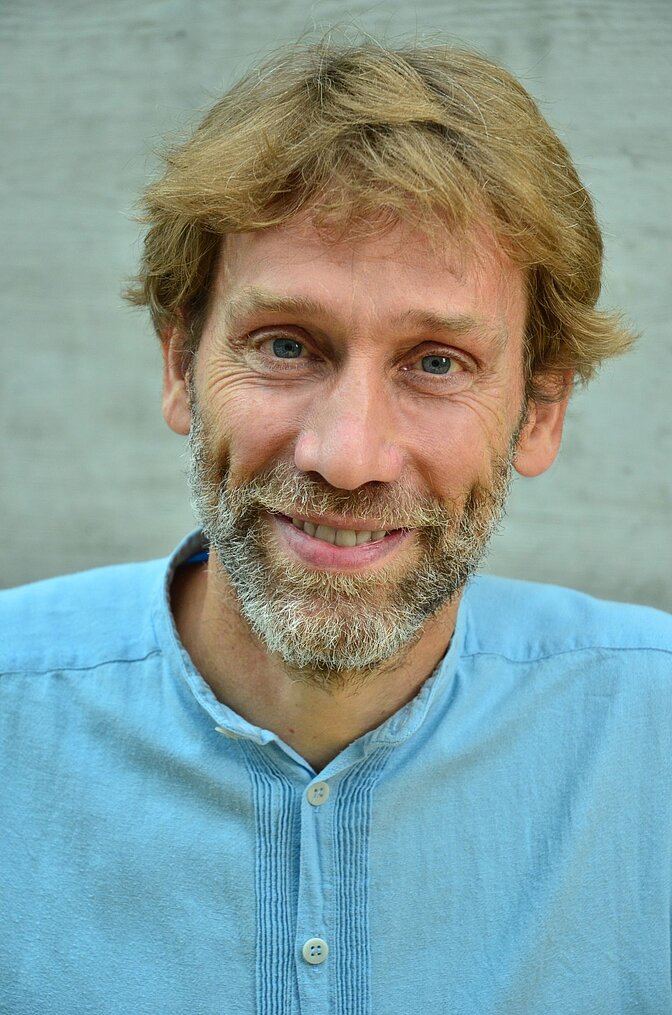
Magnus Nordborg joins GMI as scientific director
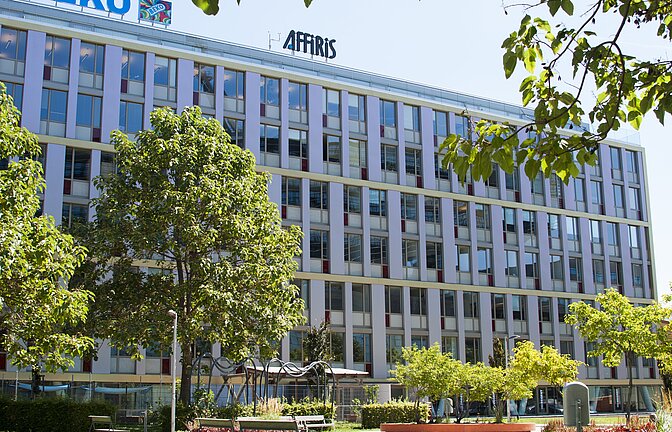
Completion of the Solaris building (lab and office area of 9,000 m2) and start of construction work of the Marx Box
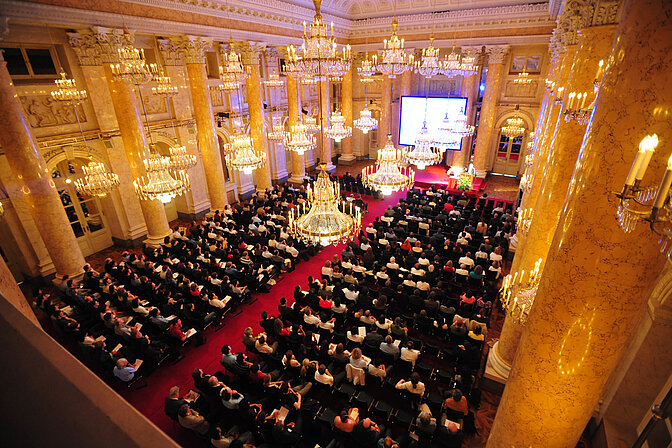
20th anniversary of the IMP celebrated with scientific conference at Hofburg Conference Center
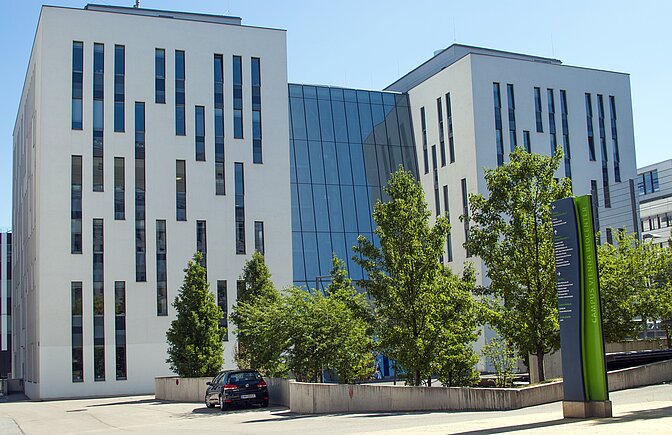
Start of construction work for laboratory building Vienna BioCenter 3

Graham Warren joins Max F. Perutz Laboratories (now Max Perutz Labs) as director

Opening of the Vienna Open Lab at IMBA, the first molecular biology hands-on laboratory in Austria offering courses for children and adults
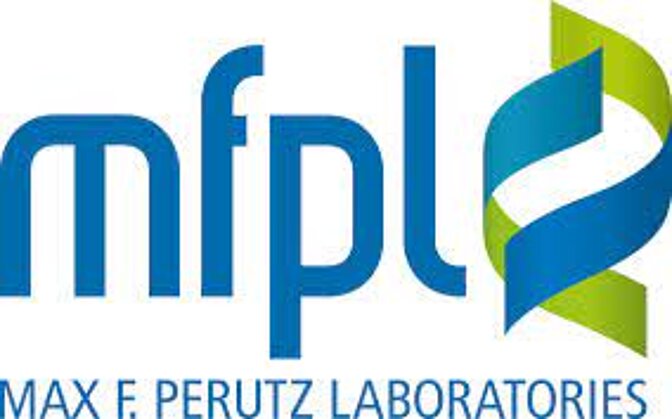
Founding of the Max F. Perutz Laboratories (now Max Perutz Labs) as joint-venture of the Medical University of Vienna and the University of Vienna
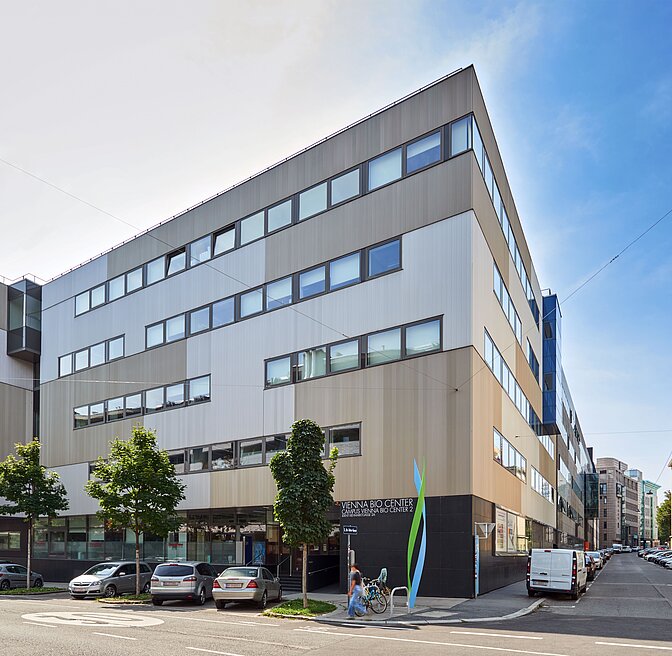
Completion of laboratory building Vienna BioCenter 2
Founding of University of Applied Sciences in Biotechnology (FH Campus Wien) at Vienna BioCenter
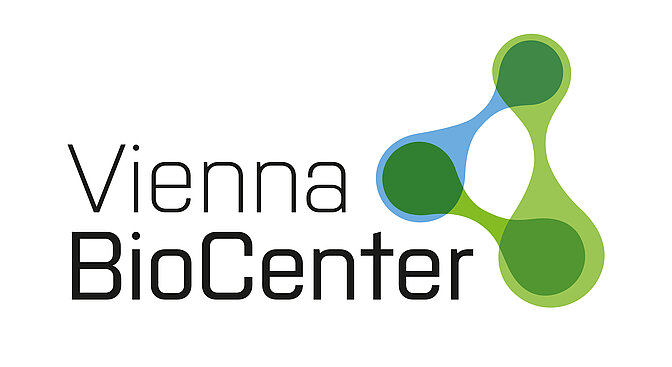
Founding of the Campus Vienna BioCenter Association
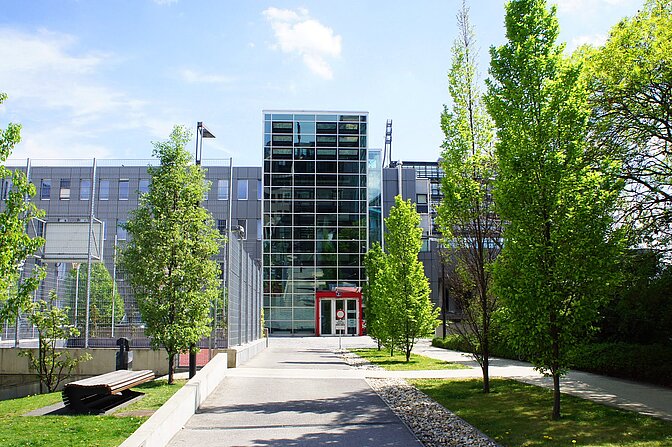
Opening of VBC5 as Vienna Life Science Laboratories
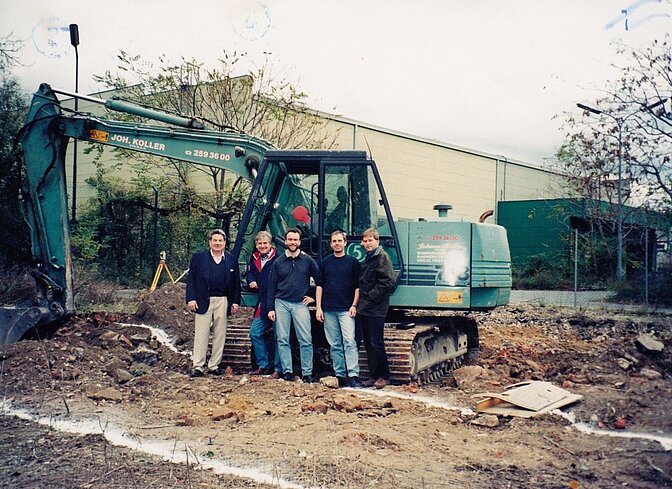
Founding of Intercell as a spin-off of the University of Vienna and IMP
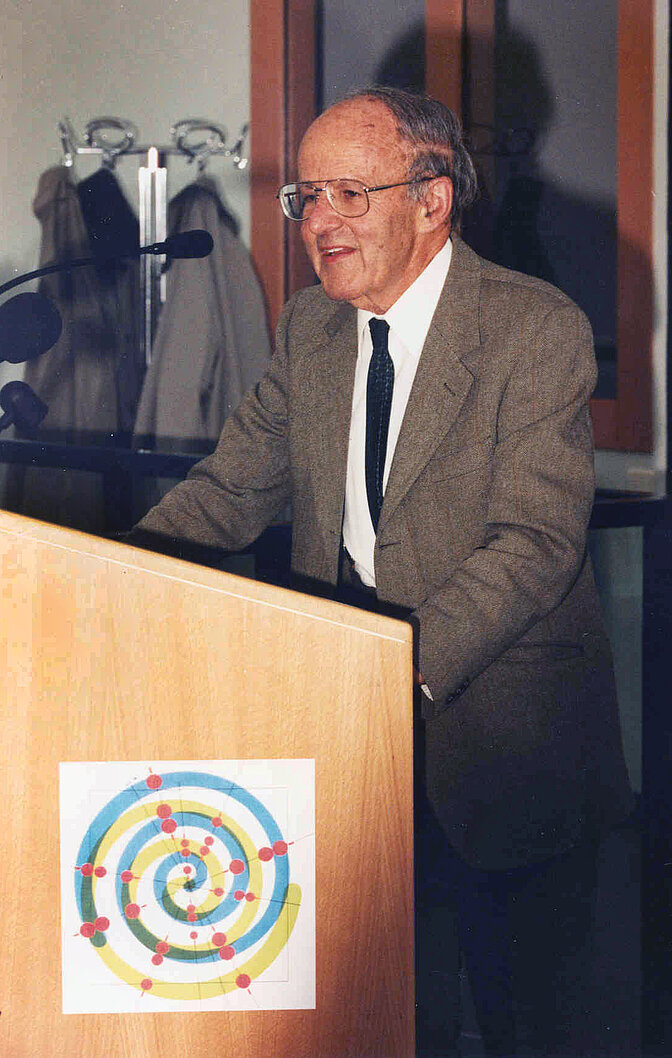
Max Perutz' only ever personal visit to the Vienna BioCenter to open the Max Perutz Library at IMP
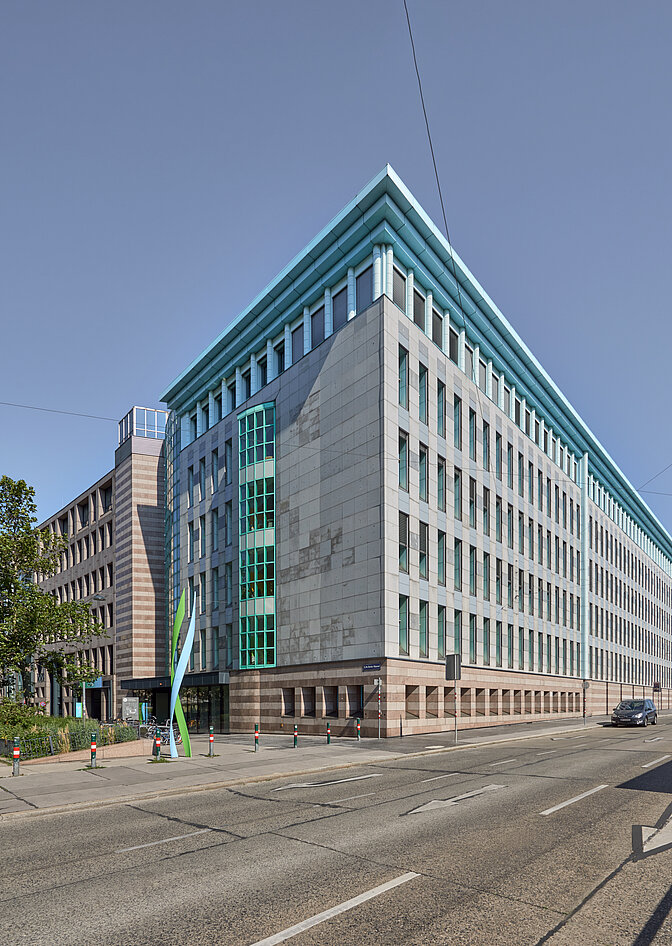
Relocation of five university departments (now Max Perutz Labs) to the Vienna BioCenter
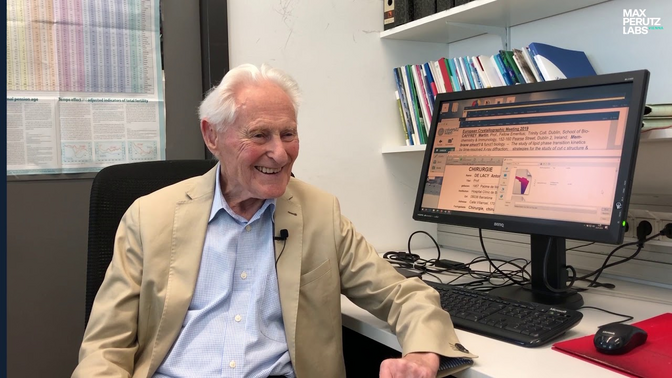
Boehringer Ingelheim endows a cancer research institute in Vienna, steered by Hans Tuppy. Fully incorporated into the company by 1974, this project set the scene for the evolution of the Vienna BioCenter. In different capacities, Tuppy remains highly involved in the development.


